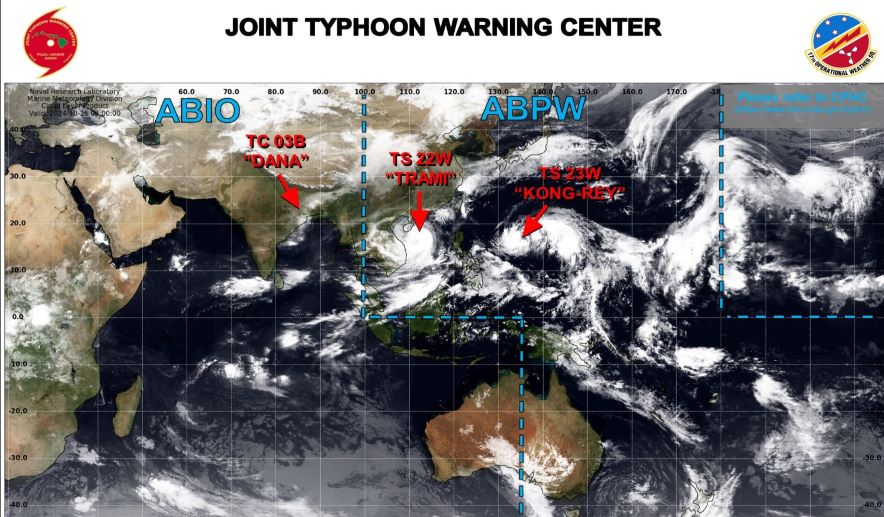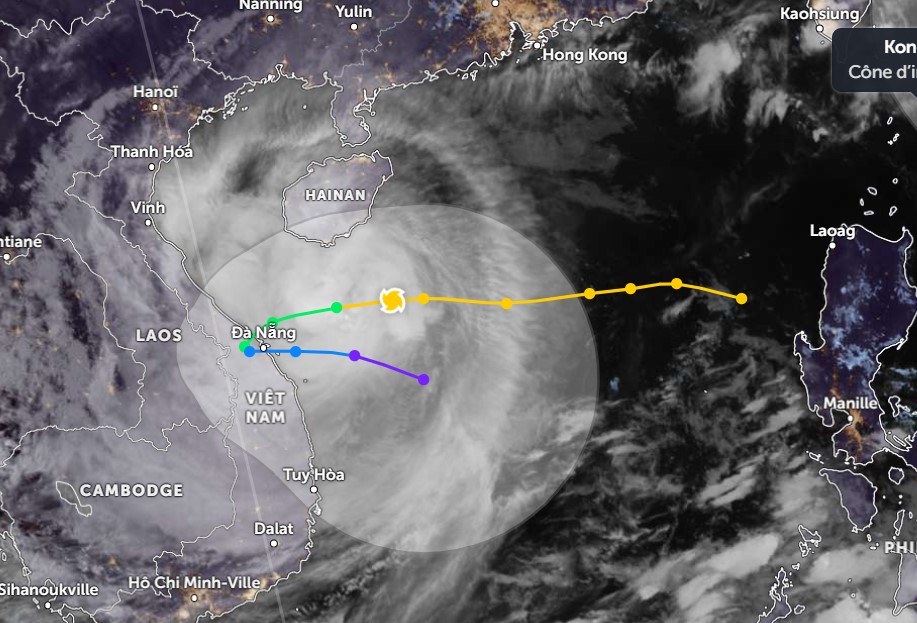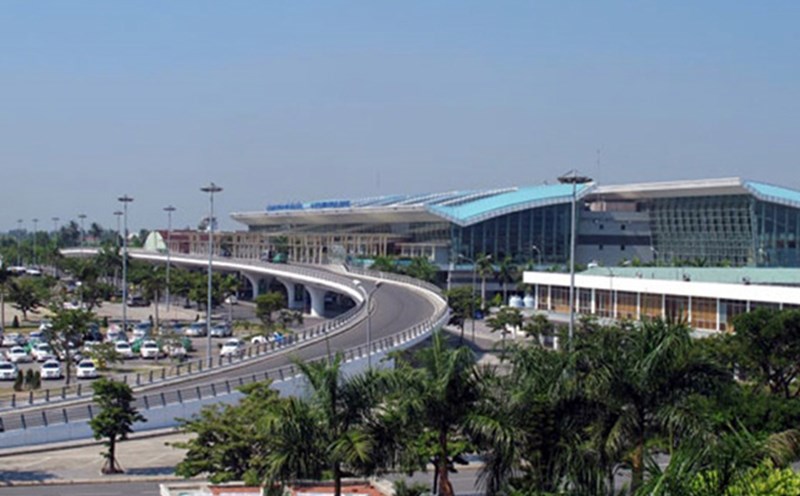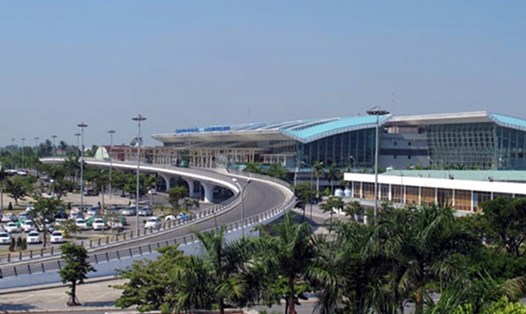According to the latest information from the Joint Typhoon Warning Center (JTWC) of the US Air Force and Navy, tropical storm Tra Mi is moving towards the central coast of Vietnam with significantly strong winds.
According to the National Center for Hydro-Meteorological Forecasting, at 4:00 p.m. on October 26, the eye of the storm was located at about 17.0 degrees North latitude; 111.5 degrees East longitude, in the sea northwest of the Hoang Sa archipelago, about 370 km east-northeast of Da Nang. The strongest wind near the eye of the storm was level 11 (103-117 km/h), gusting to level 14. Moving westward, at a speed of about 20 km/h.

In the next 24 hours, storm Tra Mi is forecast to move slowly to the West Southwest, towards the sea areas of the Central provinces.
From the morning of October 27, on the mainland along the coast from Quang Binh to Quang Ngai, the wind will gradually increase to level 6-7, near the storm center level 8, gusting to level 11.
Due to the influence of the storm, the western sea area of the North East Sea has strong winds of level 8-9, near the storm's eye level 10-11 (89-117km/h), gusts of level 14, waves 4.0-6.0m high, near the storm's eye 6.0-8.0m; rough seas.
The sea area of provinces from Quang Binh to Quang Ngai (including Con Co Island, Cu Lao Cham, Ly Son) has strong winds of level 6-7, then increasing to level 8, near the storm's eye level 9-10, gusting to level 12, waves 2.0-4.0m high, near the storm's eye 4.0-6.0m; very rough seas.
Storm surge in coastal areas: from the morning of October 27, coastal areas from Quang Binh to Quang Nam provinces are likely to experience storm surges of 0.4-0.6m high.
Ships operating in the above-mentioned dangerous areas (especially in the Hoang Sa island district), coastal areas from Quang Binh to Quang Ngai are likely to be affected by storms, whirlwinds, strong winds, and big waves.
High risk of landslides of sea dikes and embankments along the coast of provinces from Quang Tri to Quang Nam due to the impact of big waves and storm surges.

For tourists planning to travel to the coastal provinces of Northern and Central Vietnam and neighboring countries, they should limit sea tourism activities from October 26 to 28.
If you are already in an area at risk, stay away from areas at risk of landslides and flooding. Prepare necessary supplies and medicines.
Suspend diving and water sports activities, do not swim when there is a warning of high waves, avoid boating or canoeing in bad weather conditions.
Residents and visitors need to monitor weather reports and follow the instructions of authorities.






